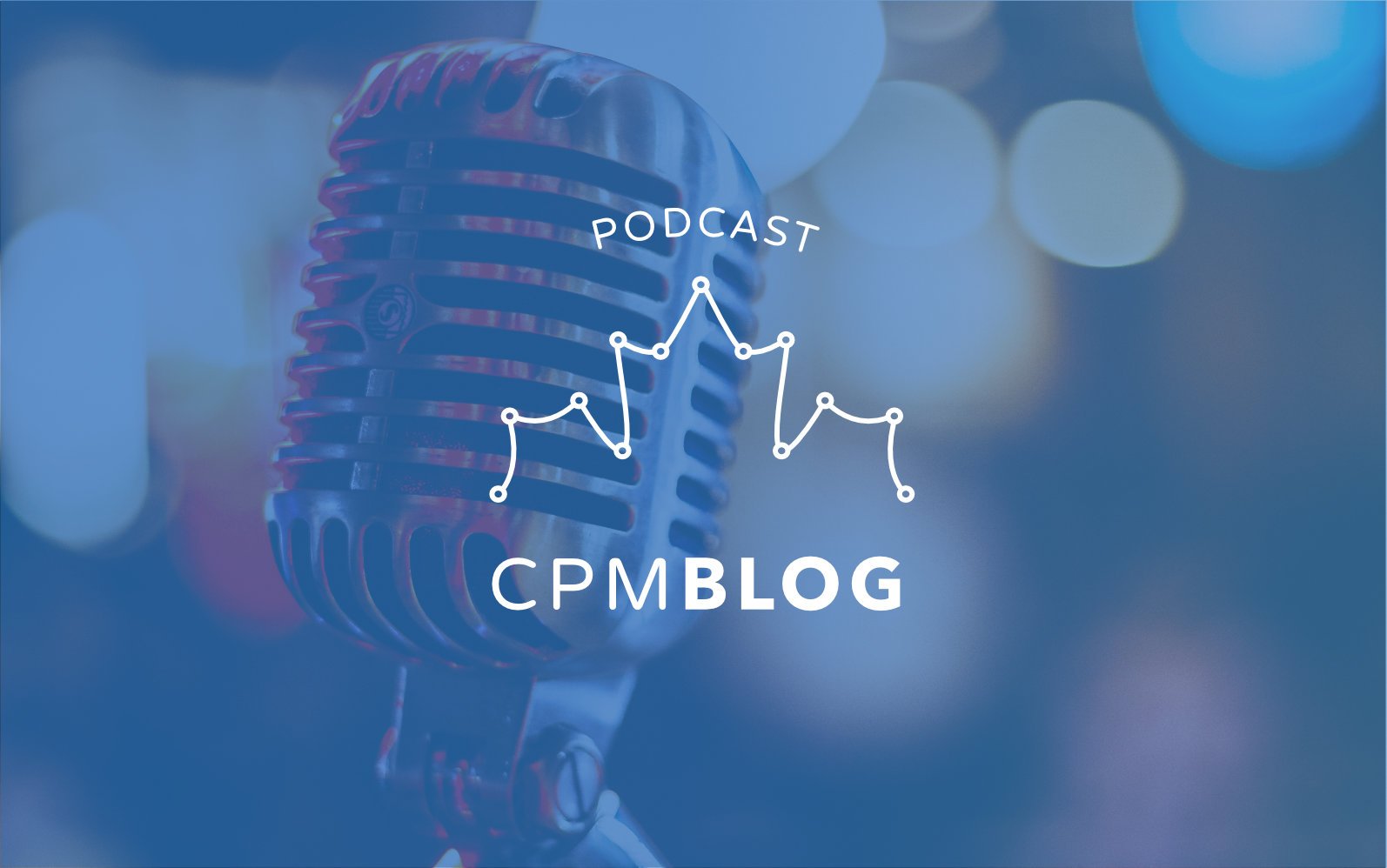In Episode 9 of the Canadian Portfolio Manager Podcast, we discuss whether currency-hedged ETFs make sense for Canadian investors. Steven Leong, of BlackRock Canada, joins us once again to share his insights on the purpose of currency-hedging, as well as his firm’s currency-hedging process. We then break for an ETF Kombat between XSP (the granddaddy of currency-hedged ETFs), and its younger rival, XUH. We’ll then take a deep dive into the historical risk and return data to help you decide whether currency-hedged ETFs deserve a place in your portfolio. At the end of the show, we’ll discuss the Big Mac Index, which is sure to leave you hungry for more information.
- Recap of Episode 8, Making Cents of Your ETF’s Loonie Currency Exposure [0:00:26.9]
- The purpose of currency-hedging and how the currency-hedging process works [0:03:37.9]
- Why currency-hedging doesn’t perfectly eliminate all foreign currency exposure [0:05:14.9]
- Introducing our recommended currency-hedged iShares and Vanguard foreign equity ETFs (XUH, XFH, VUS, VI) [0:07:04.9]
- ETF Kombat: XSP vs. XUH [0:09:16.9]
- The largest foreign currency exposures in your asset allocation ETF [0:13:08.9]
- “Safe-haven” currencies to the rescue: the U.S. dollar and the Japanese yen [0:14:06.9]
- Has currency-hedging historically reduced or increased a Canadian investor’s risk? [0:16:41.9]
- Why your portfolio’s asset allocation has an impact on the currency-hedging decision [0:18:51.9]
- Performance of currency-hedged vs. unhedged ETFs during the Global Financial Crisis [0:20:52.9]
- Performance of currency-hedged vs. unhedged ETFs during the Global Pandemic [0:22:10.9]
- The historical impact of currency-hedging on a Canadian investor’s global stock market returns [0:23:55.9]
- “Considerable currency fluctuations” over more than a century [0:25:20.9]
- The “hedge-of-least-regret” currency-hedging strategy [0:26:08.9]
- Making exchange-rate theory more digestible with the Big Mac Index [0:28:38.9]


Hi Justin,
An excellent podcast with a lot of research materials! Now I understand hedging a lot more. I always thought about using the 50% hedged and 50% unhedged approach, and it is great that you verified that concept for me. Thanks.
Joe
@Joe: I’m glad you enjoyed the podcast! I’ve recently released a video version as well, if you’re interested:
https://www.youtube.com/watch?v=5VmgejOxkkw